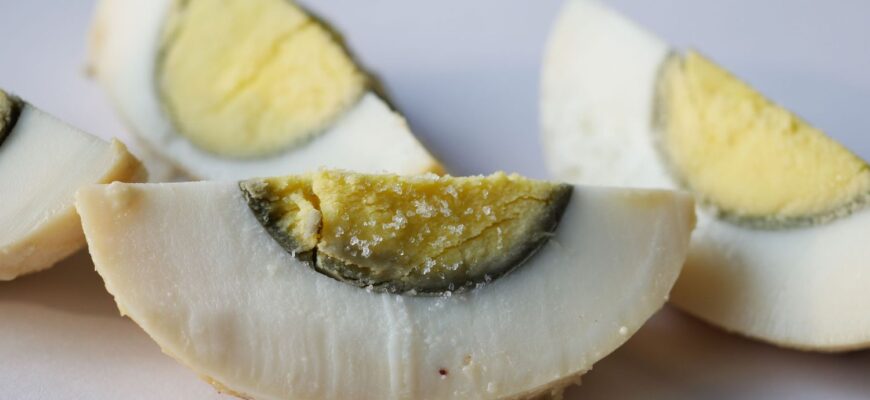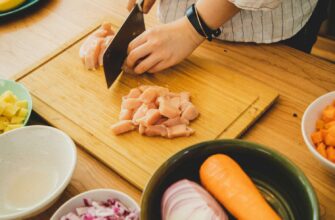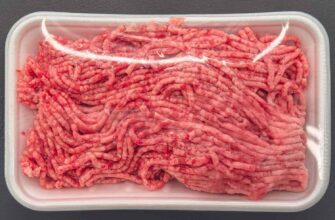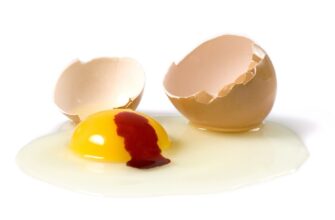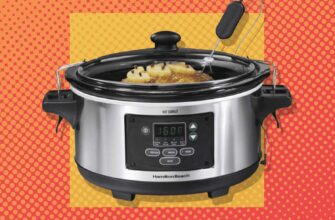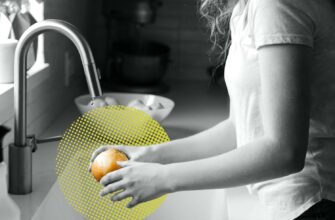Close
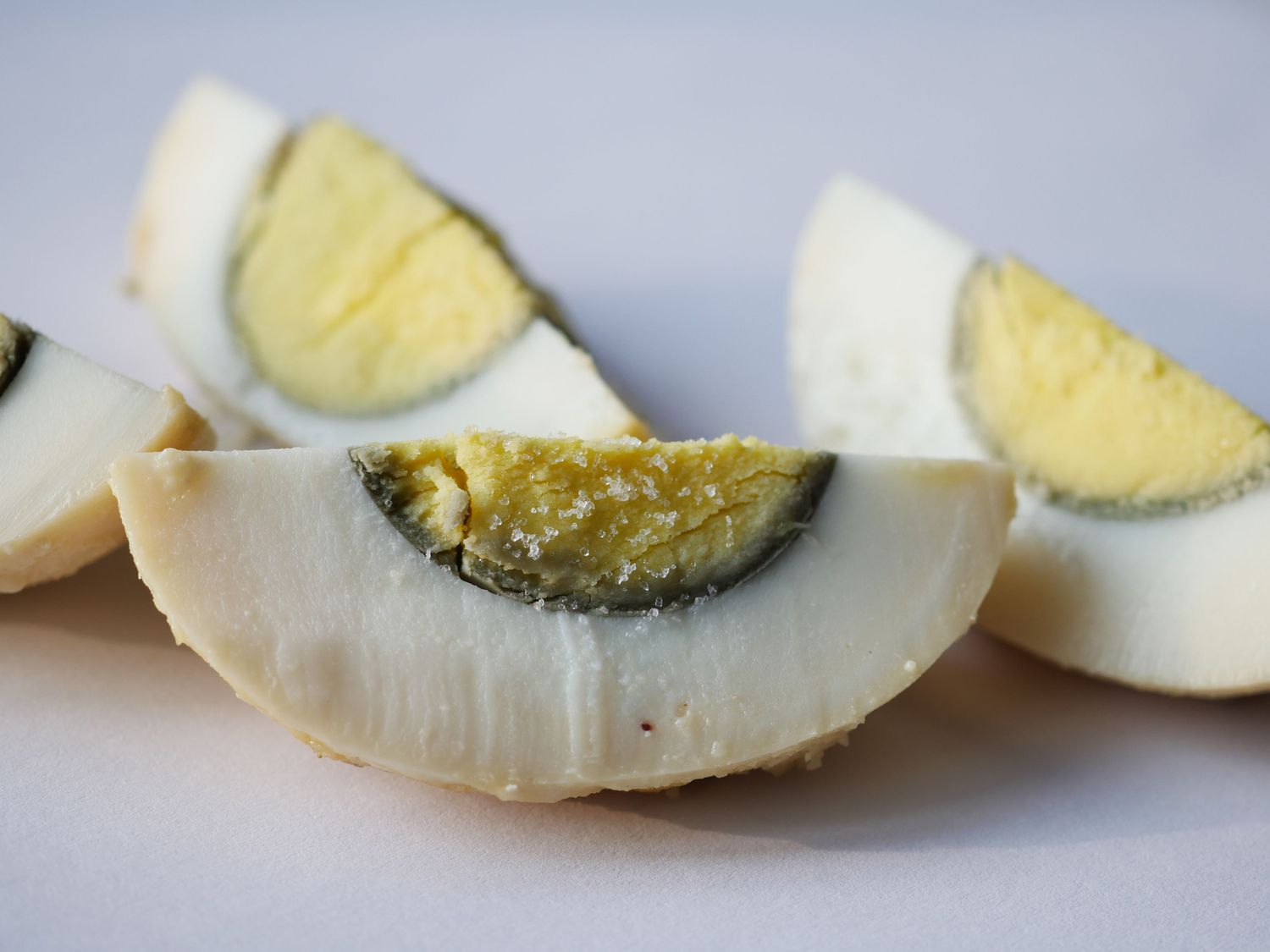
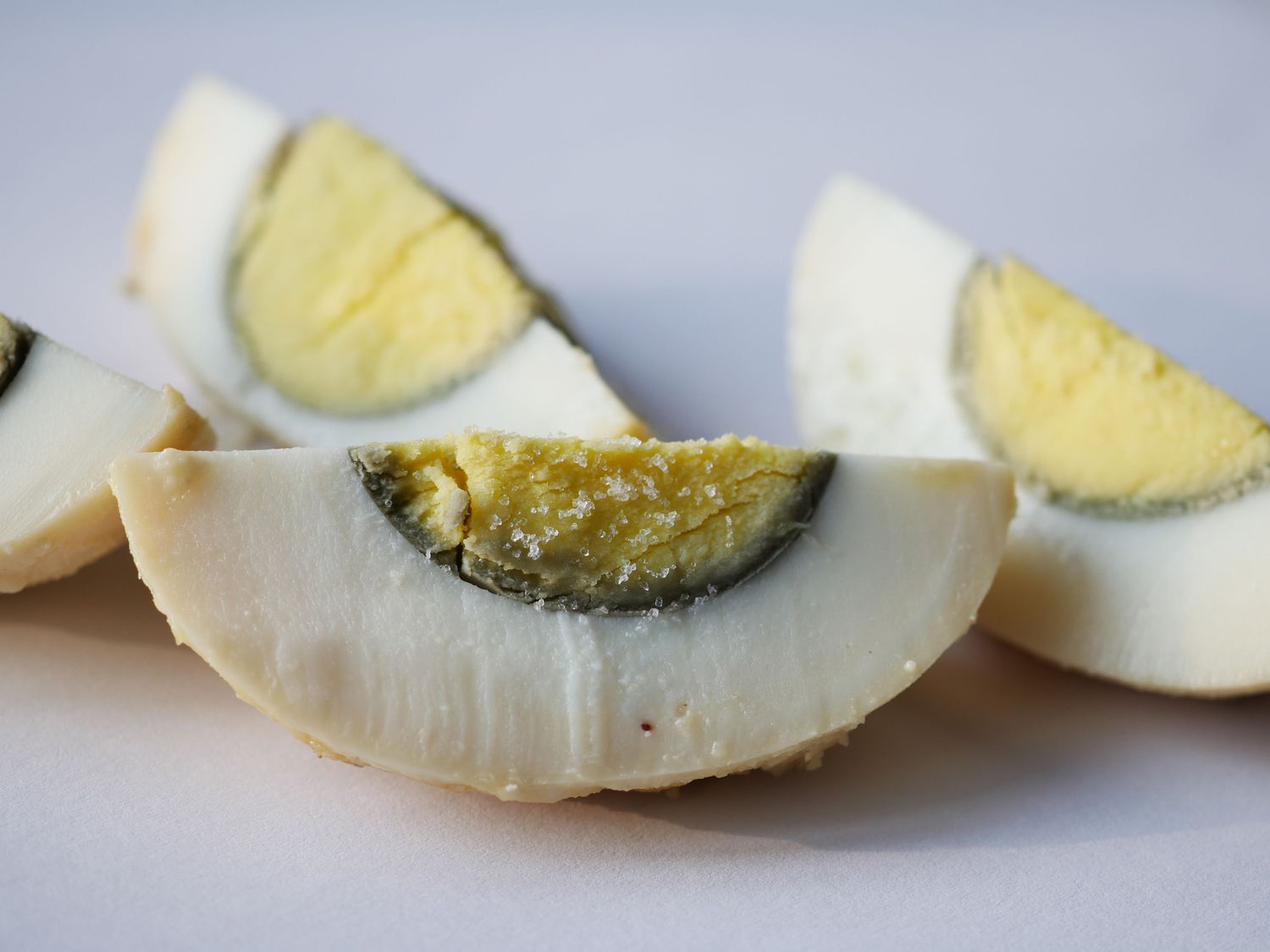
Photo:
Getty Images
If you’ve ever made hard-boiled eggs for salads, sandwiches, and (of course) deviled eggs, you’ve likely cut into one and discovered the outer yolk has turned slightly green. This has nothing to do with the egg itself—no need to blame the chicken here!—and everything to do with how the egg is cooked. Read on to learn more about what makes hard-boiled eggs go green, if these eggs are safe to eat, and how to boil eggs perfectly every time.
Why Do Boiled Eggs Turn Green Around the Yolk?
At some point during the boiling process, the natural iron in the yolk reacts with the natural sulfur in the white. The reaction produces hydrogen sulfide, a harmless greenish-gray colored mineral that appears right where the yolk meets the white. Since the eggs have usually cooked through when the reaction happens, the green color is a visual cue that they’ve been overcooked—think slightly chalky yolks and rubbery whites. It is also possible that the water itself has a high iron content that is reacting with the egg white, though this is less likely.
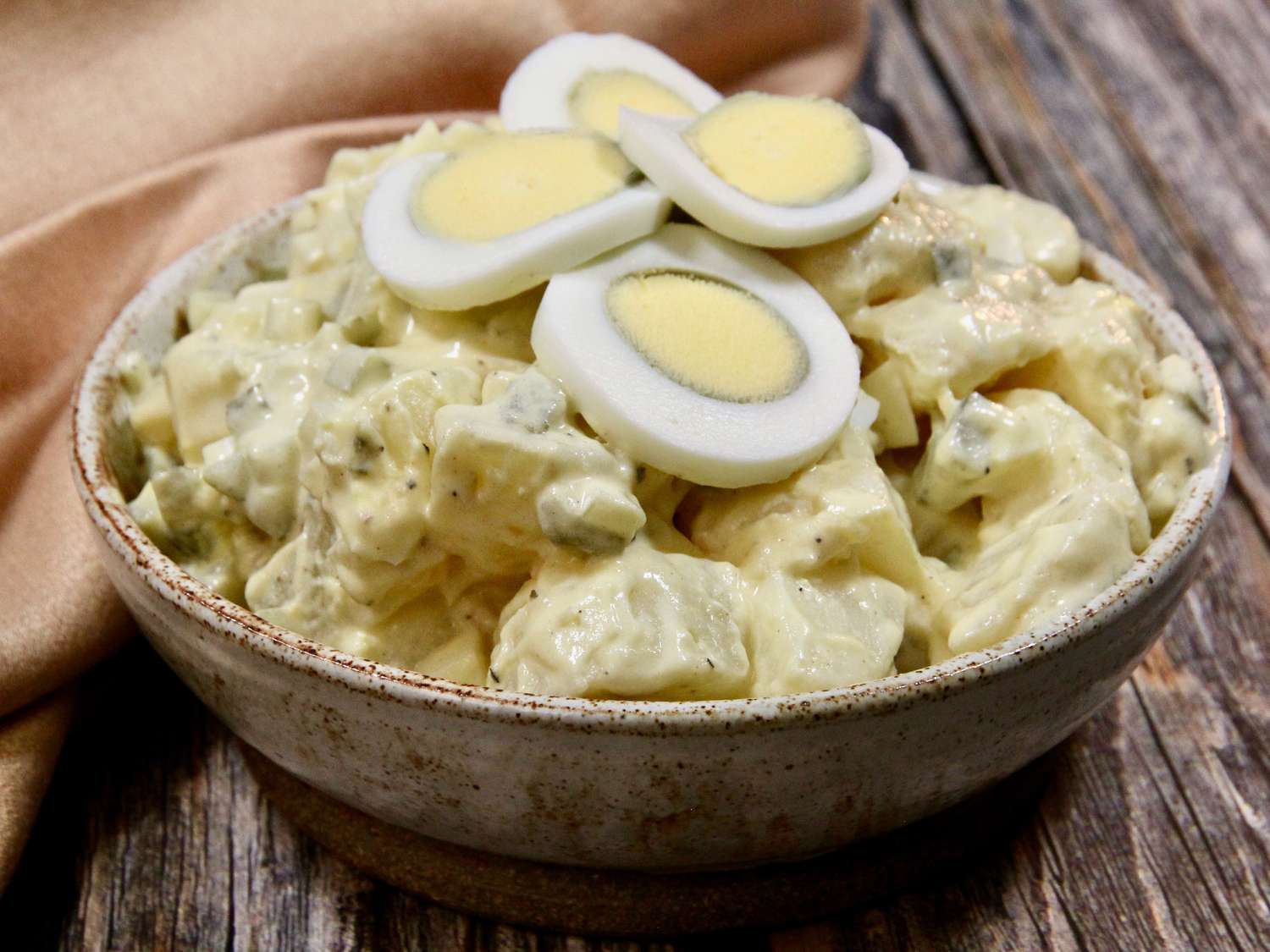
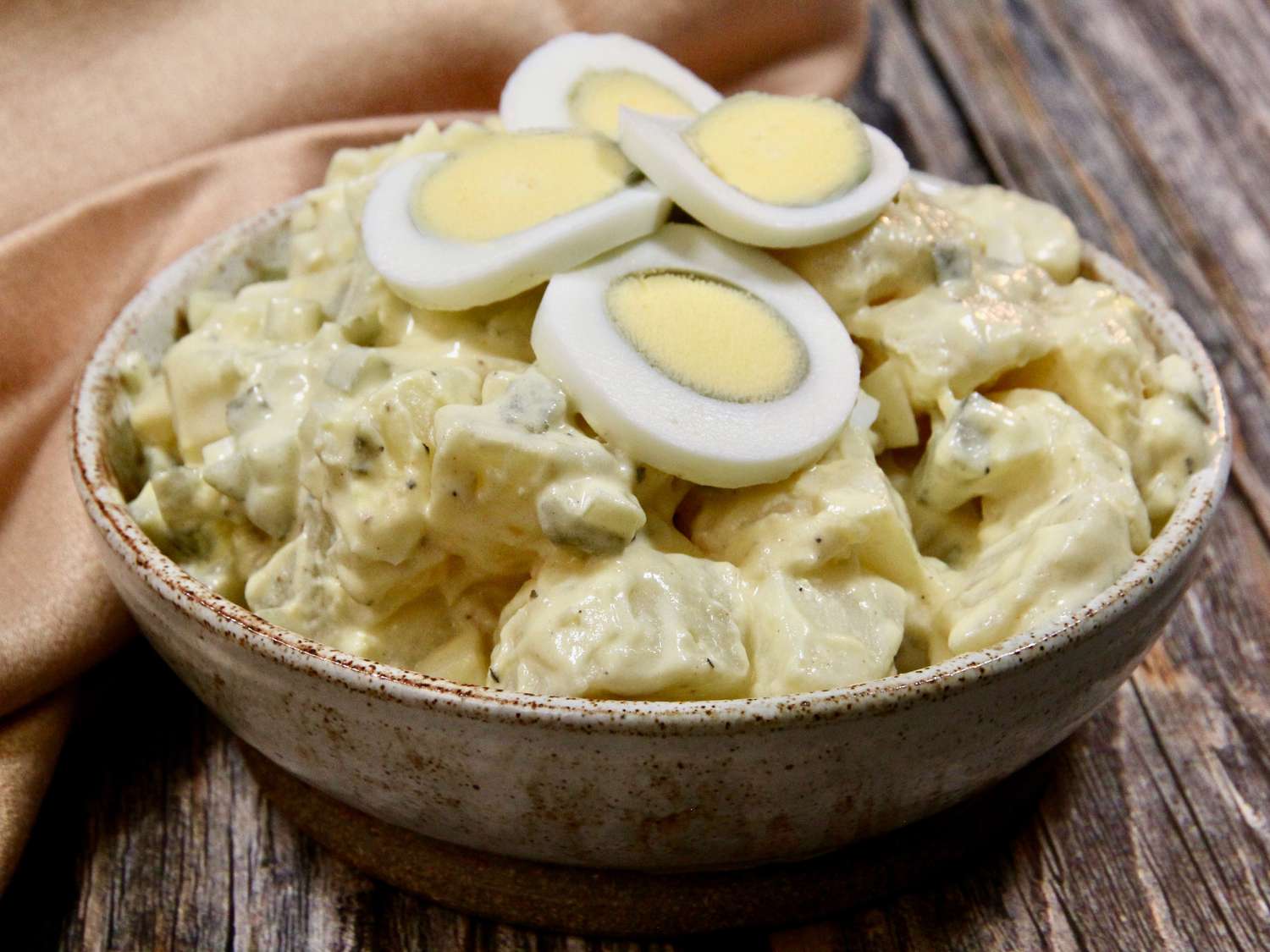
Pat Bernitt
Are Green Yolks Safe to Eat?
Boiled eggs with some green around the yolk are perfectly safe to eat. In fact, the same amino acids that make the green-causing hydrogen sulfide in eggs are also what keep our skin, hair, and nails healthy. The green color and slightly overcooked texture just won’t give you a perfect deviled egg or egg salad. They can also be a little less appetizing to look at—not ideal if they are the star of a Cobb salad or tuna Niçoise.
How to Prevent Yolks from Turning Green
The easiest way to prevent yolks from turning green is to stop the cooking process before the eggs overcook (when the sulfur and iron reaction takes place). As soon as the eggs are done, transfer them to a bowl with ice and water to cool them down as quickly as possible. This will also make them easier to peel. What you’re looking for is a fully set white that isn’t rubbery and a fully cooked yolk (no underdone center) that is creamy, not chalky.
Our method for perfectly hard-boiled eggs adds another helpful step: Gentle cooking. The eggs begin in cold water and are removed from the heat right when the water reaches a boil. They then sit in the hot water for ten minutes before heading to an ice bath. This gradually cooks the eggs from the outside in, ensuring that neither the delicate white or the dense yolk cook unevenly. Many even refer to hard-boiled eggs as hard-cooked eggs for this reason since they don’t actually boil much at all.
I Tried 6 Ways to Make Hard-Boiled Eggs Easier to Peel, and This Is the Best One
Was this page helpful?
Thanks for your feedback!
Tell us why!
Other
Submit
